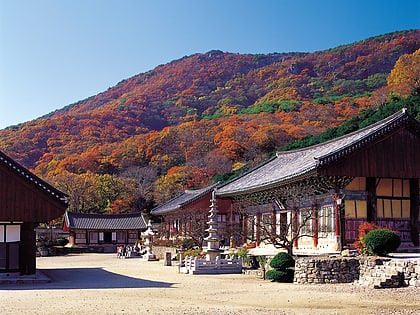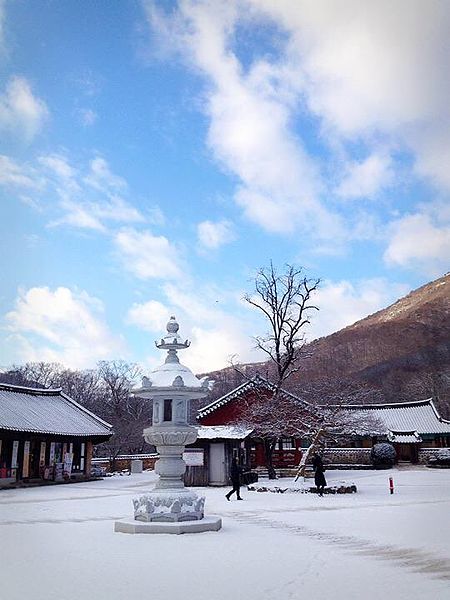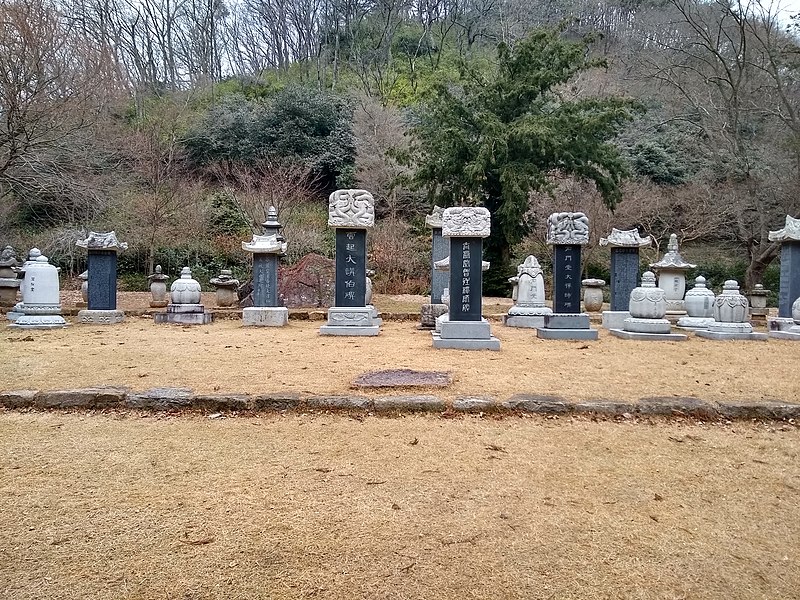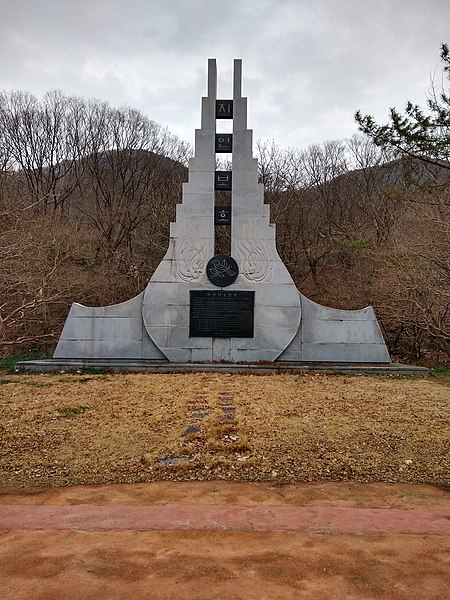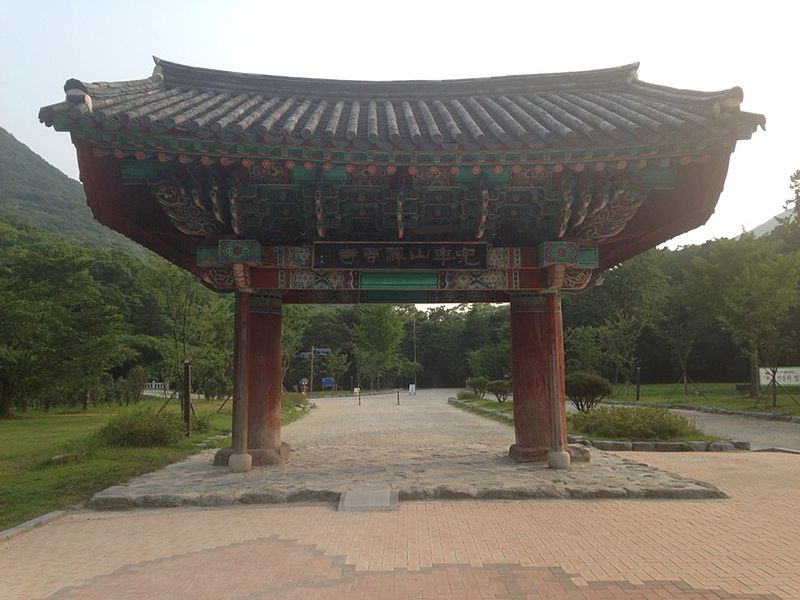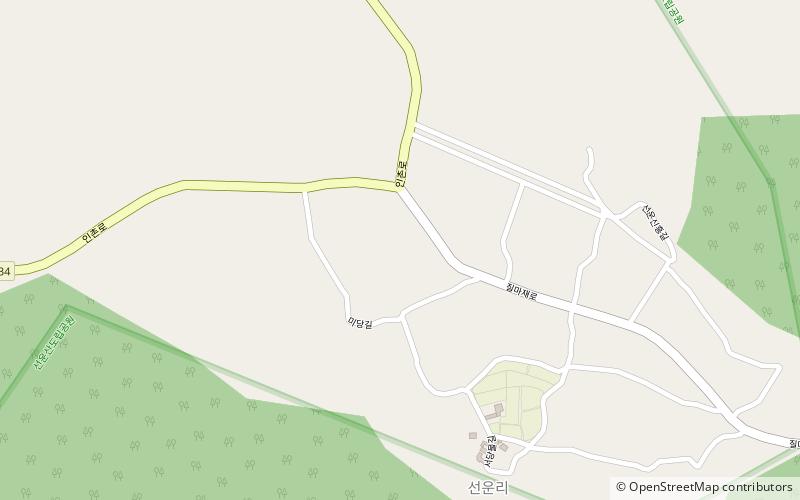Seonunsa
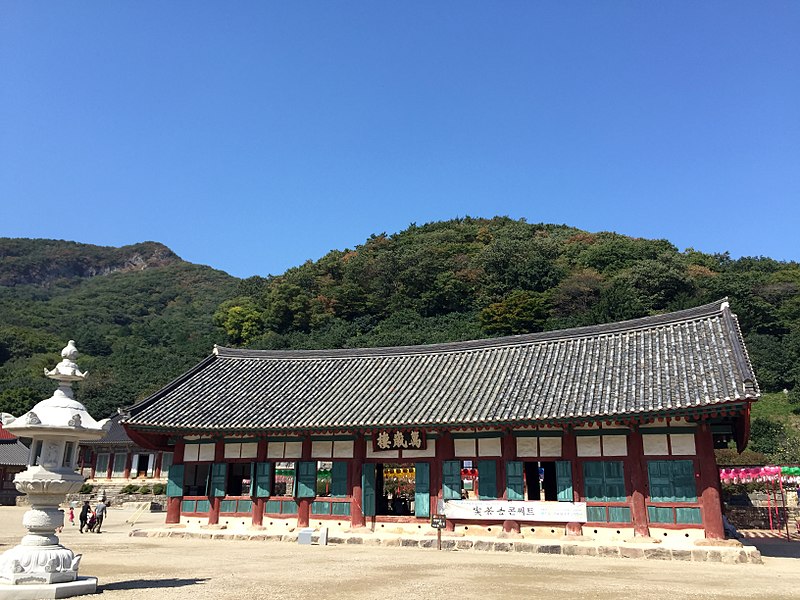
Facts and practical information
Nestled amidst the lush forests of Gochang County in South Korea, Seonunsa Temple is a tranquil retreat that has stood as a testament to the country's Buddhist heritage for over a millennium. Established during the Baekje Dynasty in the 6th century, this serene sanctuary is renowned for its picturesque setting and rich historical significance.
Seonunsa, meaning "secluded cloud temple," is aptly named, as it is surrounded by the verdant Dosolsan Mountain, offering visitors a sense of seclusion and spiritual elevation. The temple is part of the Jogye Order, the largest sect of Korean Buddhism, and serves as a center for meditation, prayer, and monastic life.
The temple complex is home to several cultural treasures, including the main hall Daeungbojeon, which is designated as National Treasure No. 301. This hall is celebrated for its intricate woodwork and elegant architectural design that reflects the sophistication of the Goryeo Dynasty. The temple also houses a number of other historically significant buildings and artworks, such as the Seonunsa Pagoda and the Camellia Forest, which is famed for its ancient trees that bloom with vibrant flowers in the spring.
Visitors to Seonunsa Temple can engage in various activities, from temple stays that offer a glimpse into the life of Buddhist monks to walking trails that meander through the forested mountain paths. The temple's calming atmosphere provides an ideal environment for self-reflection, meditation, and connection with nature.
Throughout the year, Seonunsa plays host to numerous cultural events and festivals that celebrate the spiritual and natural heritage of the region. The temple remains a beacon of peace and spirituality, attracting both local worshippers and international tourists seeking solace away from the bustle of modern life.
250 Seonunsa-ro, Asan-myeonGochang-gun 56452 Jeollabuk-do
Seonunsa – popular in the area (distance from the attraction)
Nearby attractions include: Poet Midang Memorial Hall, Seonunsan, Gochang Dolmen Site.
